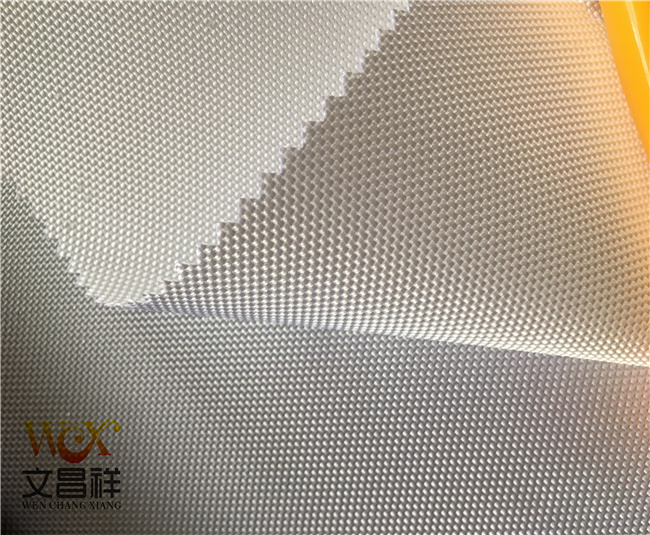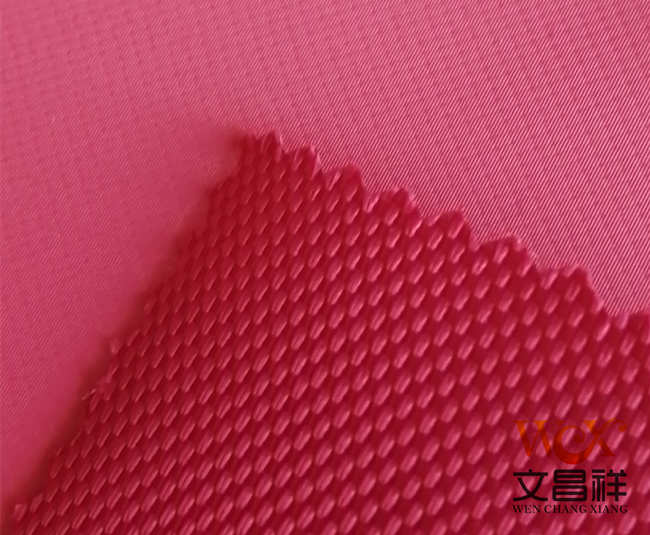The Oxford cloth feel of plush composite Oxford cloth: soft to the touch, strong drape, and the luster of cloth mask nylon silk. A layer of film on top of the Oxford cloth is a film with waterproof micropores, tear resistance, UV resistance, hydrolysis resistance and other functional films.

Composite fabrics are applied The high technology and new materials of “new synthetic fibers” have many excellent properties compared with ordinary synthetic fibers. For example, the fabric is fine, clean, delicate, elegant, and warm; the fabric has a plump appearance, is windproof, breathable, and has a certain waterproof function. Its main features are warmth and good breathability. Another feature of this fabric is that it has good wear resistance. Microfiber fabrics feel soft, breathable and moisture-permeable, so they have obvious advantages in terms of touch and physiological comfort; microfiber fabrics have poor wrinkle resistance. In order to overcome This shortcoming, after using the “composite” process, has greatly improved the shortcomings of poor wrinkle resistance of microfiber fabrics.

Composite fabric When washing the clothes you make, you should mainly control the water temperature and strength. When drying, you should not expose them to the sun for too long to prevent the clothes from degumming or separating.
Oxford cloth specifications: 1680D, 1200D, 900D, 600D, 420D, 300D, 210D, 150D, etc.
Oxford cloth functional classification: flame retardant Oxford cloth, waterproof Oxford cloth, PVC Oxford cloth, pu Oxford cloth, camouflage Oxford cloth, fluorescent Oxford cloth, printed Oxford cloth, composite Oxford cloth, etc.
</p







